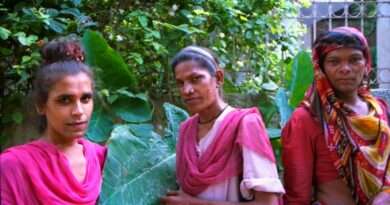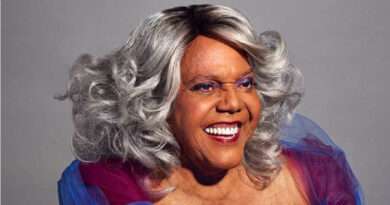Are we really Inclusive?
This is an opinion piece and the views shared are of the author
Loud chants of “Inquilab Zindabad”, “Queer Azadi”, and “Ham Haq Maangne Aae Hai” continued to resonate in my ears while I was attending the Delhi University pride parade organized by the Student’s Federation of India in June 2022. But the echoes died away, the very next moment when someone shouted “Jai Bhim”, and I could only hear a few individuals repeating those slogans in the silence that engulfs me every time that phrase is spoken.
This made me wonder: if repeating a slogan is such a big deal for the majority of the people there, then are we truly inclusive? Is this place, this community that we call a safe space, truly safe for all members of the community, or is the concept of safe space a mirage that simply protects a fraction of the community?
As someone who is new to the city, I grabbed my laptop and started researching queer spaces in Delhi, such as Pride Parades, Pride events (open mic hosted by small queer rights organizations), Potlucks, and Parties. I went to a few events and noticed that all of these spaces are dominated by upper-caste people, primarily upper-caste men. Not only that but there was a similar pattern in conversations or discussions on intersectionality in college queer collectives, where talk on caste was either ignored or sidelined. So, if we can’t even discuss caste and queerness; how can we call these spaces, the community a safe space for all when a significant portion of the community is ignored?
Every individual within the queer community has different experiences not only in terms of coming to terms with their identity but also in context to discrimination on the basis of gender, caste, class, and race one faces along with queerphobia. Here is where the concept of intersectionality comes into play, which states that people have multiple identities and experiences that intersect and overlap, resulting in unique and complicated experiences of oppression and discrimination. To understand the concept of intersectionality and the importance of the assertion of intersectional identities in queer spaces, it is essential to recognize that not all queer people have the same experiences or experience the same types of discrimination. Queer Dalits may encounter additional challenges and obstacles that non-Dalit queer people do not, such as caste-based prejudice and violence. Claiming your presence in both community areas as a queer Bahujan is a whole other fight. Coming out in queer spaces as a Bahujan is equally challenging as coming out as queer.
The caste system in India can be categorised as a primary cause for the lack of representation of Dalit queer voices within the community because the majority of the privileged class doesn’t even recognize casteism as a major problem. The majority of upper-caste individuals who discuss casteism in LGBTQIA+ contexts discuss it just for the sake of it or generally do so out of sheer curiosity. In order to be anti-caste, one must first recognise their caste and class privileges. Little effort is being made in this area, and people do not care or consider the intersectionality of identities as an important factor in the fight for equal rights, as proven in the case of the Mumbai Pride Parade organized by the Color Positive Foundation and the Pune Pride Parade organized by the Samapathik Trust, both of which imposed restrictions on dress code, slogans, and so on. Heated arguments, debates, and the division of the queer community into two were clearly visible both online as well as offline. For some, the restriction on political posters and dress code was not an issue because their identity, their way of expressing their identity, fit into the category, but for others, it means losing the only space where they can express themselves freely. For the majority of the upper caste LGBTQIA+ community, the pride march is a celebration, which is why they argue that pride should be apolitical. But, for Dalit or marginalized part of the queer community, pride is a protest, a movement to claim and reclaim their position within the queer community as well as in society.
It’s high that we should start talking about the discrimination that exists within the LGBTQIA+ community. That the safe space one alludes to is not safe for everyone unless and until everyone has the opportunity to share their struggles and experiences, and everyone is given a chance to raise their voices.
Reference-
Pic 2 credit- https://newlinesmag.com/wp-content/uploads/IMG-20230131-WA0003-web.jpg
AIQA does not hold the copyright to images and neither intends to do copyright infringements. For credits/removal, contact us at aiqalgbt@gmail.com



